Principle of continuous kneader
 Dec 22,2021
Dec 22,2021

 JCT
JCT
The structure of the kneader is a modular system, that is, the number of kneading cavities and the design of kneading tools and discharging modules can be based on different applications and desired effects. This makes it possible to individually adjust the kneading strength and material residence time in the machine for each application. The standard 6-cavity kneader has been installed with 4, 5, 8 and 12 chambers to meet every requirement of processing materials. Multiple processing chambers arranged in series can achieve continuous mixing. Each processing chamber has 2 kneading elements, arranged up and down, and can be steplessly adjusted by a motor. The injected liquid or solid components are continuously transported from one cavity to the other cavity by the kneading element before being discharged from the latter cavity. In the traditional extrusion process, the residence time of the material is relatively short. Therefore, only limited energy input is possible. The continuous multi-cavity kneading device provides a longer residence time of the material, which can be set as required. The continuous conveying of materials from one cavity to another ensures that the materials are mixed vigorously, stably and evenly. In addition, compared with traditional extruders, the solid content achieved is significantly higher.


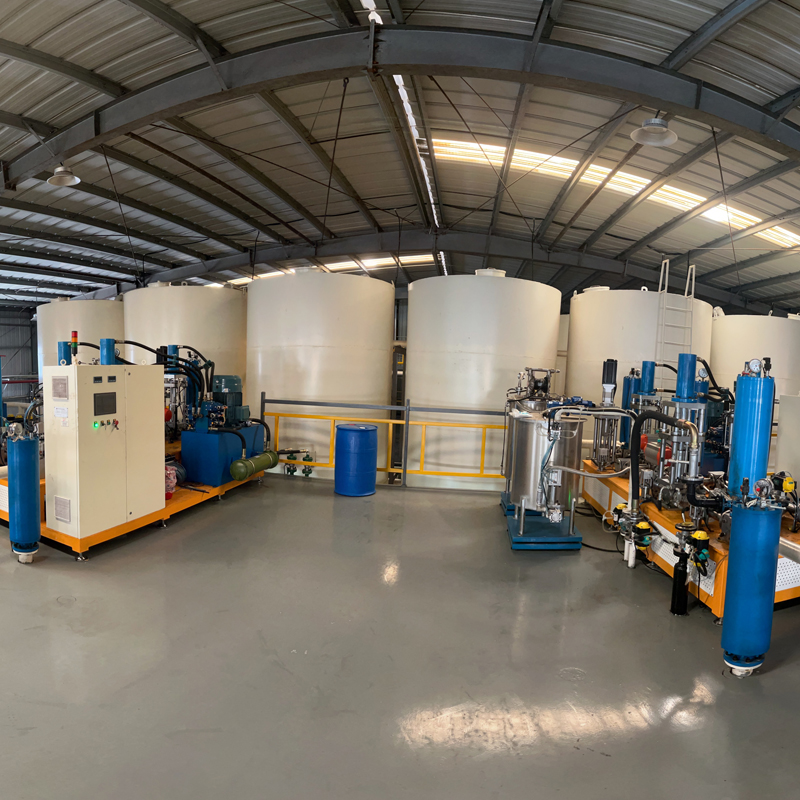
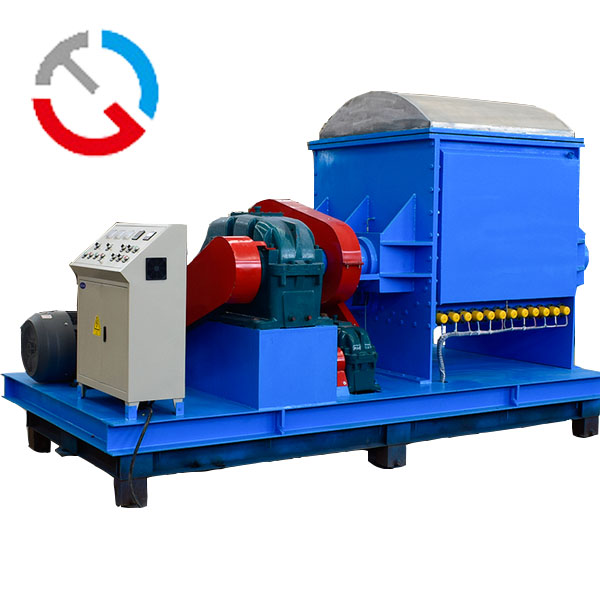
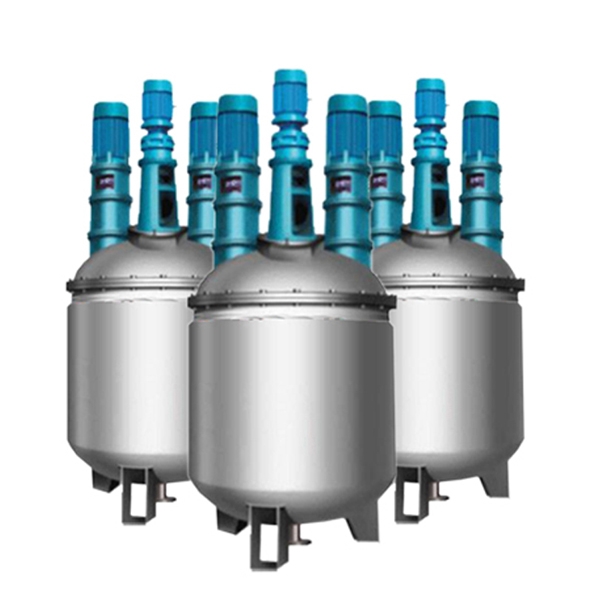
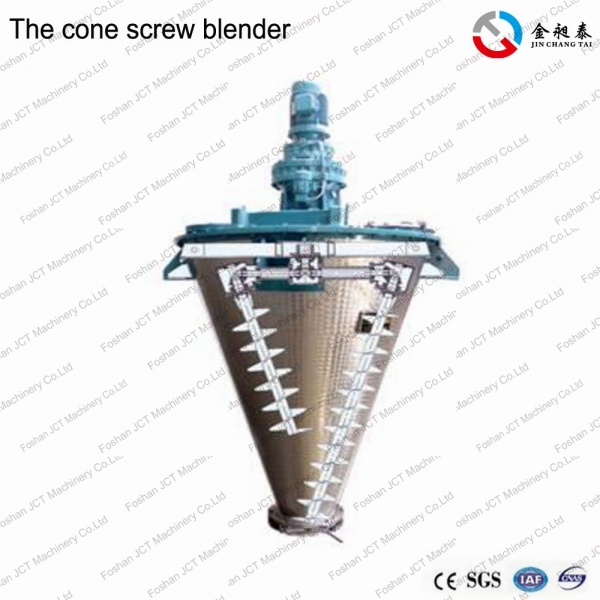


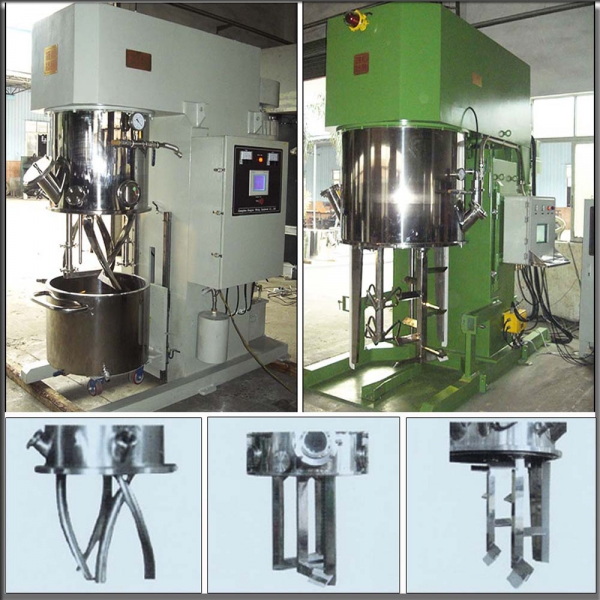





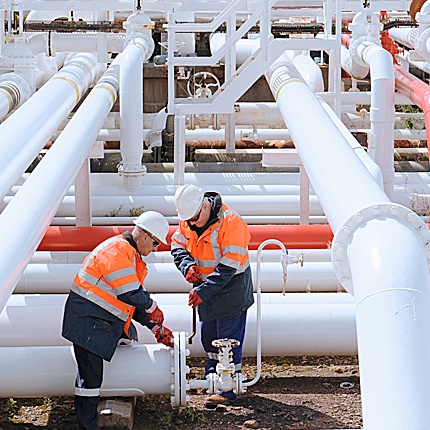

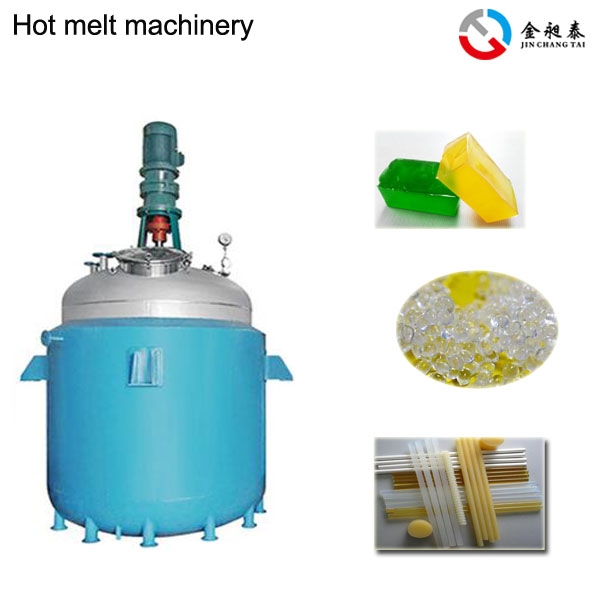
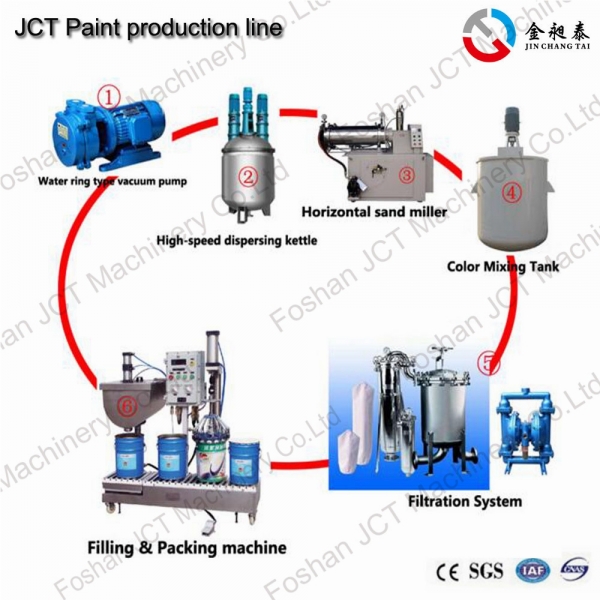
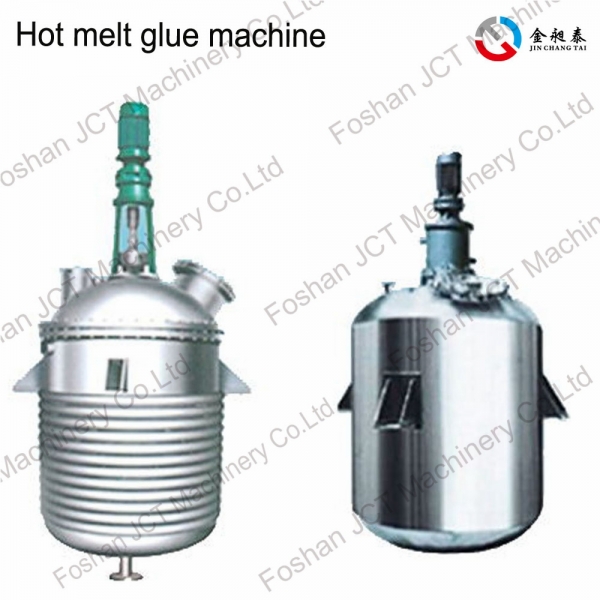
 CN
CN
 HOME
HOME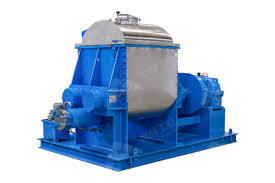
 Market forecast of chemical mixing machinery in 2022
Market forecast of chemical mixing machinery in 2022  You May Also Like
You May Also Like
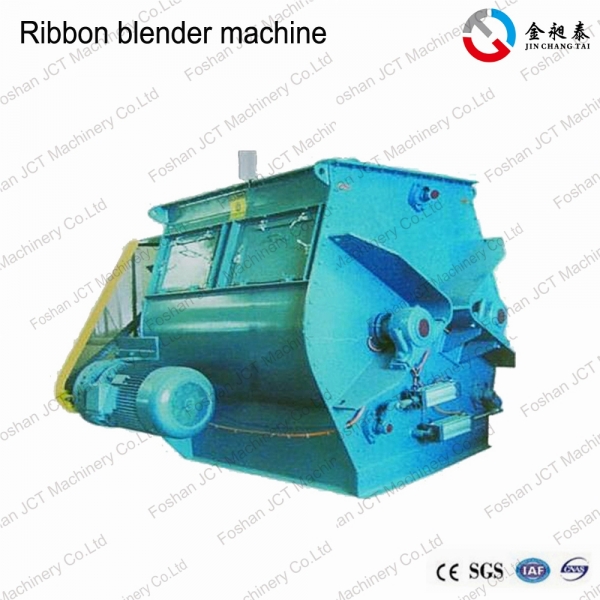

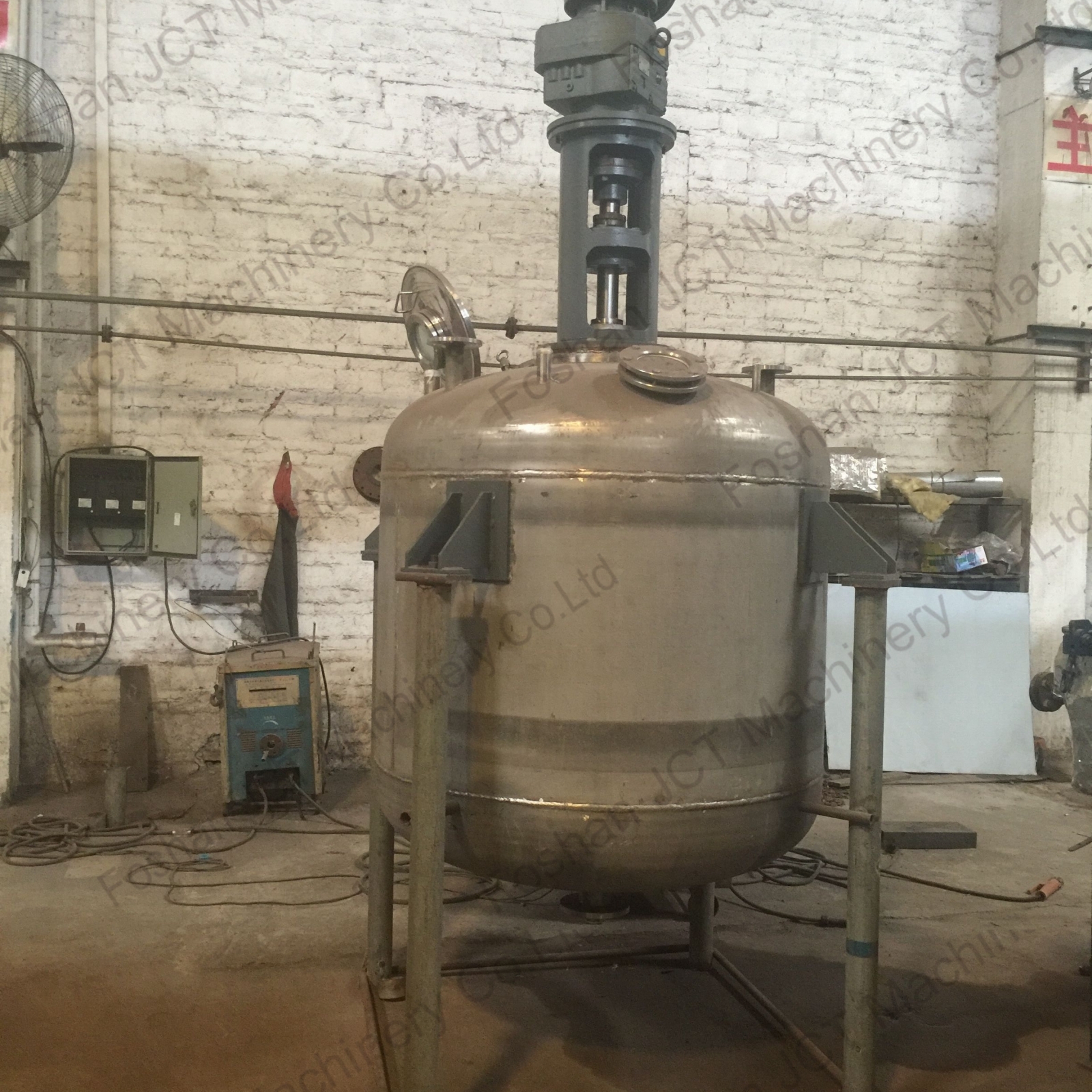
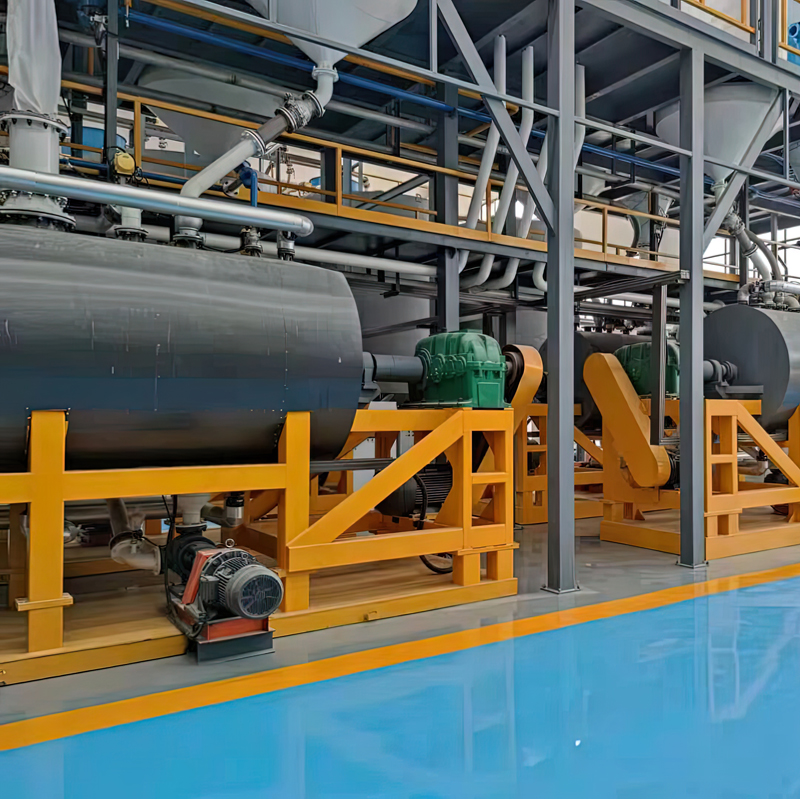
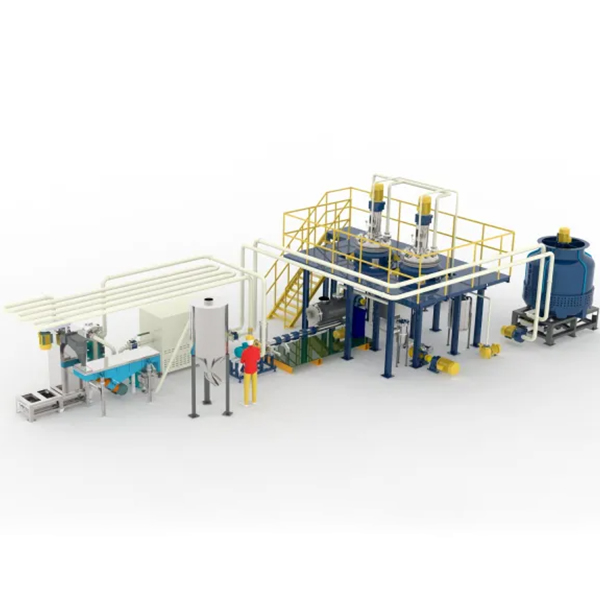

 Tel
Tel
 Email
Email
 Address
Address










